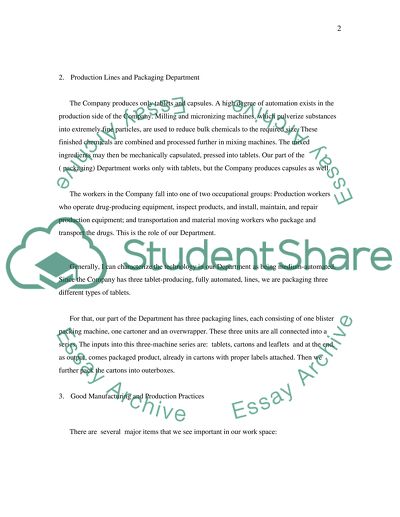Cite this document
(“Industrial Placement Report Case Study Example | Topics and Well Written Essays - 2250 words”, n.d.)
Industrial Placement Report Case Study Example | Topics and Well Written Essays - 2250 words. Retrieved from https://studentshare.org/miscellaneous/1528071-industrial-placement-report
Industrial Placement Report Case Study Example | Topics and Well Written Essays - 2250 words. Retrieved from https://studentshare.org/miscellaneous/1528071-industrial-placement-report
(Industrial Placement Report Case Study Example | Topics and Well Written Essays - 2250 Words)
Industrial Placement Report Case Study Example | Topics and Well Written Essays - 2250 Words. https://studentshare.org/miscellaneous/1528071-industrial-placement-report.
Industrial Placement Report Case Study Example | Topics and Well Written Essays - 2250 Words. https://studentshare.org/miscellaneous/1528071-industrial-placement-report.
“Industrial Placement Report Case Study Example | Topics and Well Written Essays - 2250 Words”, n.d. https://studentshare.org/miscellaneous/1528071-industrial-placement-report.


